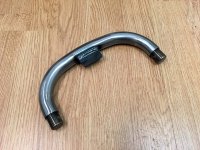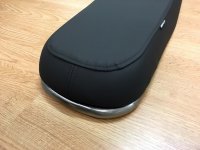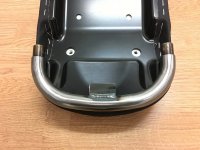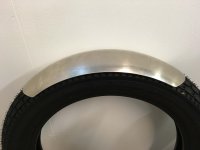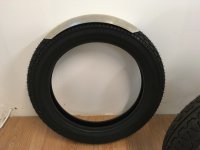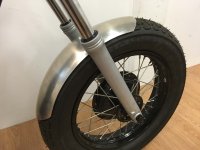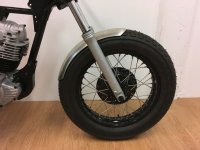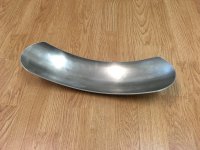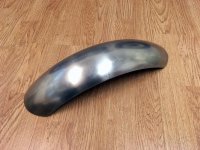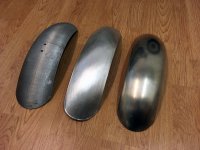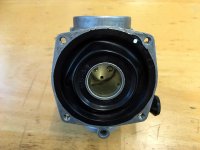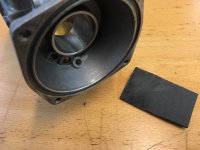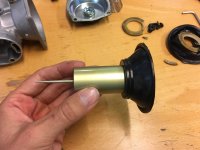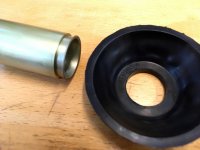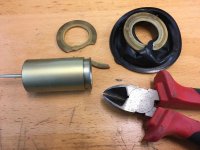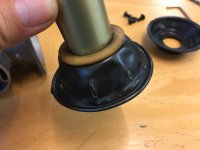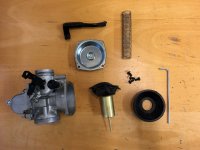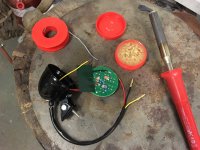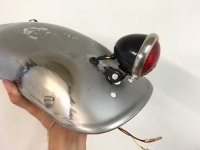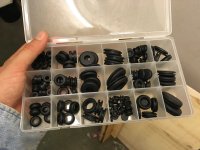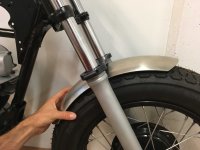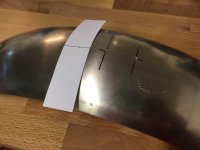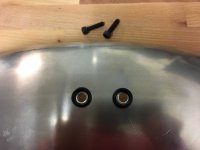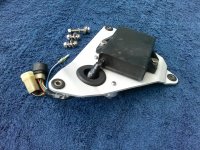You're right xb, I would be being naive if I thought that handling characteristics were defined by rake and trail alone. I guess I'll just have to test the set up. This was mainly a check to make sure I wasn't doing anything radical/crazy. Who knows, it still might be, but it still gave me a little comfort to see that my trail was not less than 100mm and rake was not too tight either. Measurements were made with suspension topped out. Was that stupid? How do the manufacturer's do it? Btw, do you have a baseline suggestion?
If you go back several pages in the build you'll see that the special 'above yoke' clipons I designed clamp to the stanchions above the the top clamp. This is the look I want. If things are a bit hairy, I'll got up in wheel size again rather than changing the handle bar design. That should get some trail back.
I strongly disagree with you about the ride height and the level/'the line' of the bike. But that's down to personal taste
Source? Not because I dont believe you, I would just like to know how you find specific information about each bike for my own reference/research in the future. Or do you have this kind of stuff dedicated to memory? Savant? Jokes Haha
If you go back several pages in the build you'll see that the special 'above yoke' clipons I designed clamp to the stanchions above the the top clamp. This is the look I want. If things are a bit hairy, I'll got up in wheel size again rather than changing the handle bar design. That should get some trail back.
I strongly disagree with you about the ride height and the level/'the line' of the bike. But that's down to personal taste
xb33bsa said:all the bikes you have listed use a factory installed steering damper there is a reason for that
Source? Not because I dont believe you, I would just like to know how you find specific information about each bike for my own reference/research in the future. Or do you have this kind of stuff dedicated to memory? Savant? Jokes Haha


